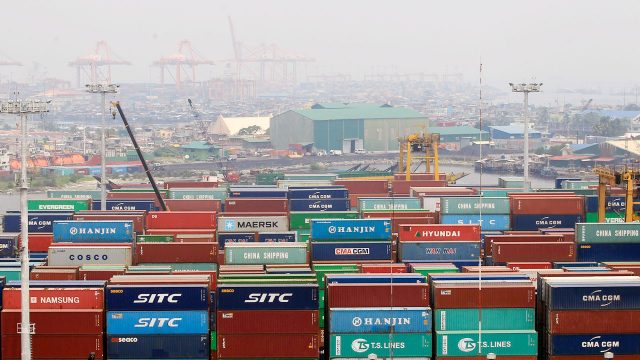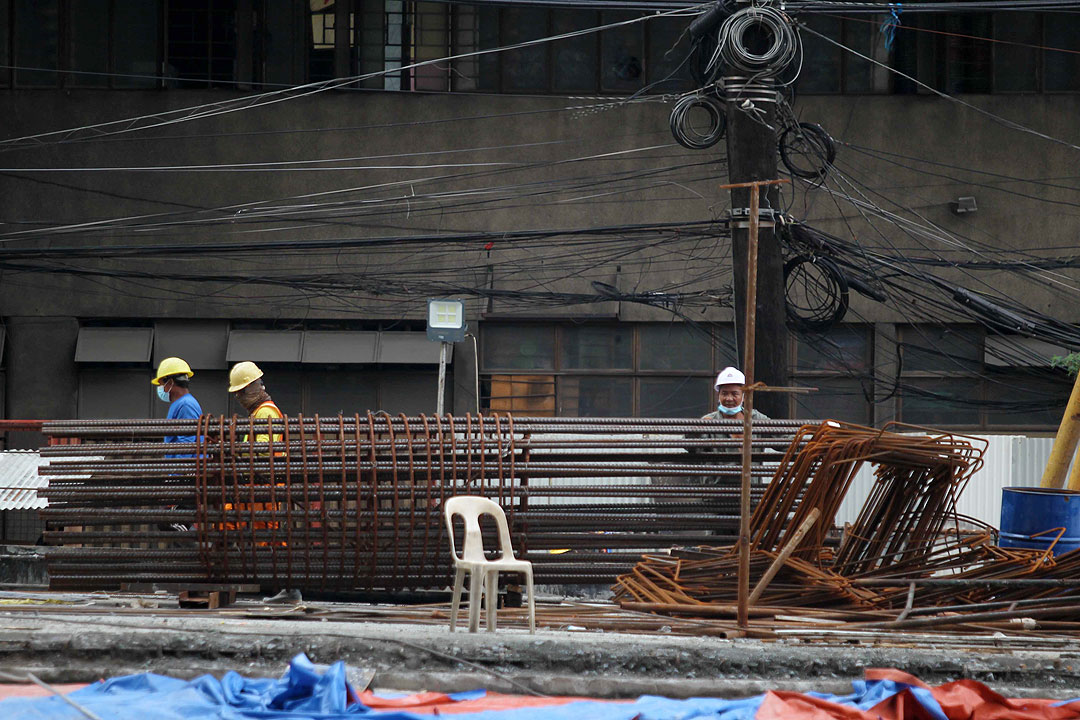Another year of verified 5-Star excellence for Solaire
Solaire Resort soars even higher with another Forbes Travel Guide 5-star Award for its Sky Tower. The 2022 distinction is now included in the property’s record of international titles, making this its 6th consecutive Forbes Travel Guide 5-Star rating since first receiving it in 2017, attesting to its unwavering commitment to the highest standards of service.
“Solaire’s achievements are the result of our team’s creativity, dedication, and determination to continue as a leader in the industry. Our 6th consecutive Forbes Travel Guide 5 Star Award is a continuation of our growing list of accomplishments — this award is another mark that emphasizes Solaire’s leading position as a globally verified luxury travel destination,“ says Thomas Arasi, Bloomberry Resorts Corporation and Solaire’s President and Chief Operating Officer.
Staying ahead and remaining at the top of the integrated resort industry, Solaire’s strength lies in its incredible facilities and unmatched attention to service-details, well-integrated to showcase the distinct Filipino characteristics that sets it apart from its contemporaries.
The 17-storey multi-awardee Sky Tower is pure luxury. Its 312 rooms and suites are furnished with premium amenities and designed with top-class interiors and furnishings that make every stay indulgently relaxing. Each suite is generous in space with a floor area between 65 to 395 square meters, well above the usual hotel room size allocations found in the metro. Some other guest facilities are an outdoor swimming pool with cabañas and Jacuzzi where you can watch the glowing Manila Bay sunset, a wellness spa, a salon, and a fitness center.

World-class gastronomy is also abundant in Solaire’s signature restaurants. For Chinese cuisine, Red Lantern offers various specialties from the different regions of China, while authentic Japanese flavors are available at Yakumi where select ingredients are flown in from Japan’s famous Toyosu market. Fine Italian creations find their way to Finestra and are complemented by a vast selection of wines and perfectly marbled steaks. Western favorites from burgers, pastas, and steaks are the highlight at Waterside, and tastes from around the globe are in one space at Fresh with stations filled with food items that will satisfy all cravings in one sitting.
A dream shopping destination, The Shoppes at Solaire offers luxury designer fashion with the mark of true craftsmanship that’s lasted through the times. Find the boutiques of French fashion houses Louis Vuitton, Dior, and Kenzo, as well as a space dedicated to Italian brand Fendi. Found only at The Shoppes are Versace and Balmain.

The brand’s impressive achievements in its nine years of operation are a product of a trailblazing vision fueled by incredible grit and passion to put the first and only Filipino luxury integrated resort on the map – elements that not everyone can easily succeed in harnessing individually, more so all together. What makes it even more impressive is that these qualities are instilled and weaved into Solaire’s brand core values, cultivating a culture to achieve excellence.
“It is an honor to receive another Forbes Travel Guide 5 Star Award. This is a recognition of our teams’ hard work and perseverance to continue providing the best and safest experiences after an extraordinary time in the travel and hospitality industries. We look forward to welcoming back more of our guests as the world’s borders start to open again,” adds David Batchelor, Solaire’s Senior Vice President for Resort Operations.
For more information, visit www.solaireresort.com.
Spotlight is BusinessWorld’s sponsored section that allows advertisers to amplify their brand and connect with BusinessWorld’s audience by enabling them to publish their stories directly on the BusinessWorld Web site. For more information, send an email to online@bworldonline.com.
Join us on Viber to get more updates from BusinessWorld: https://bit.ly/3hv6bLA.























